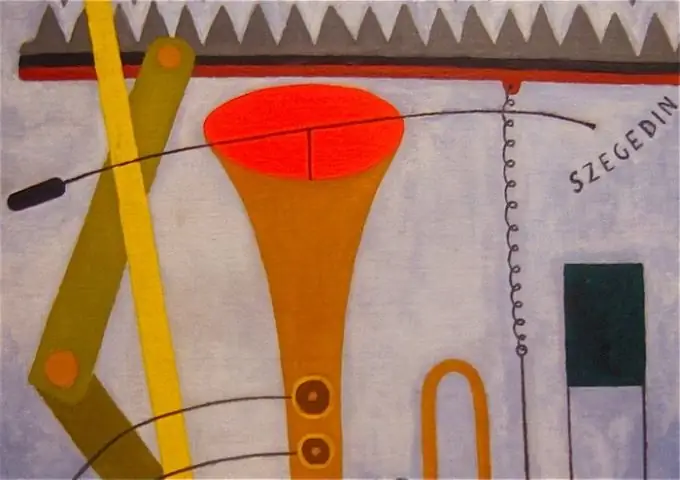Dadaism is one of the genres of fine and literary art. This movement lasted less than 10 years, but had a great influence on the development of contemporary art.

What is Dadaism
This movement originated in 1916 and lasted until 1922. Its founder was the Romanian and French poet Tristan Tzara. Dadaism became a trend reflecting the meaninglessness of existence, irrationality and lack of consistency. The origin of the genre is associated with the consequences of the First World War, which had a great impact on foreign policy and literally turned the way of life of millions of people. The word "dada", chosen by Tzara to designate a new art, had different meanings in the languages of the world, it could also convey babbling, and in Russian and Romanian it expressed a double statement. Thus, in the word "dada" everyone saw their own meaning, while others did not notice it at all. This was the whole essence of the new genre. According to the canons of Dadaism, any logic and rationality is the path to war and destruction. therefore, they abandoned any principles and destroyed all the canons. The main figurative works of the Dadaists were meaningless drawings, abstract collages, and all kinds of scribbles. In poetry, Dadaism was expressed in the replacement of words with incoherent letter combinations. For several years, Dadaism was very popular in Switzerland, Germany, France, USA, Japan and Great Britain. But after 1922, its popularity began to decline steadily, and soon Dadaism disappeared altogether.
Dadaism gave birth to several new trends - surrealism, abstractionism, primitivism and expressionism.
Famous Dadaists
The founder of the movement, Tristan Tzara, wrote poetry in Romanian and French. His works are pure Dadaism. There is practically no sense in them, and the content is absurd. The plot is based on the alternation of metaphorical images, but, unlike futurism, poems have a syntactic and logical meaning. Tzar's associate Marcel Yanko also came from Romania. Yanko worked as an artist and architect. He created bright canvases with a jumble of geometric shapes and abstract characters. Janko tried to popularize Dadaism in France, but received a rather cold reception from critics.
Many Dadaists used sharp political statements in their works.
The artist and poet Jean Arp also stood at the origins of Dadaism. In his paintings, he used biomorphic silhouettes inspired by the forms of wildlife, as well as bright color spots. Arp's poems are devoid of logical meaning, but they are very emotional. French and American artist Marcel Duchamp actively participated in Dadaist events and performances. He loved to reincarnate in various images, including female ones. Duchamp's works were born from ready-made things. For example, a urinal with a date and an autograph written on it, he presented as a sculpture "Fountain".






